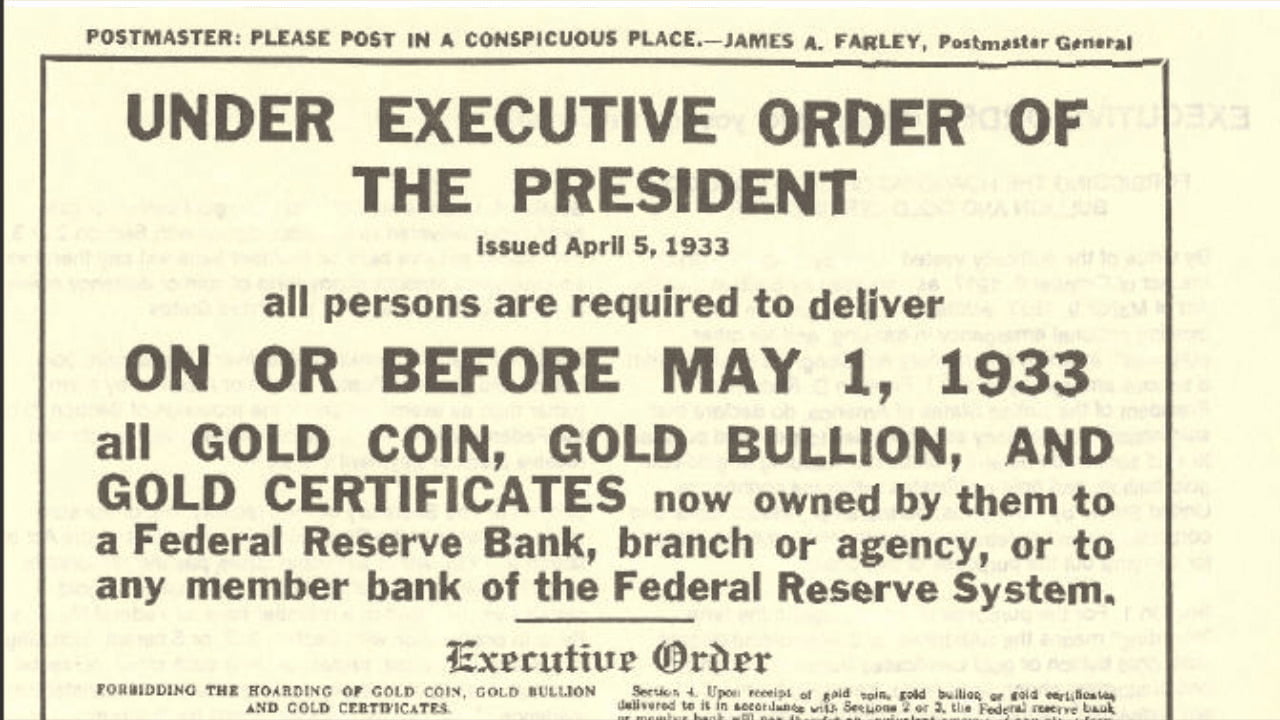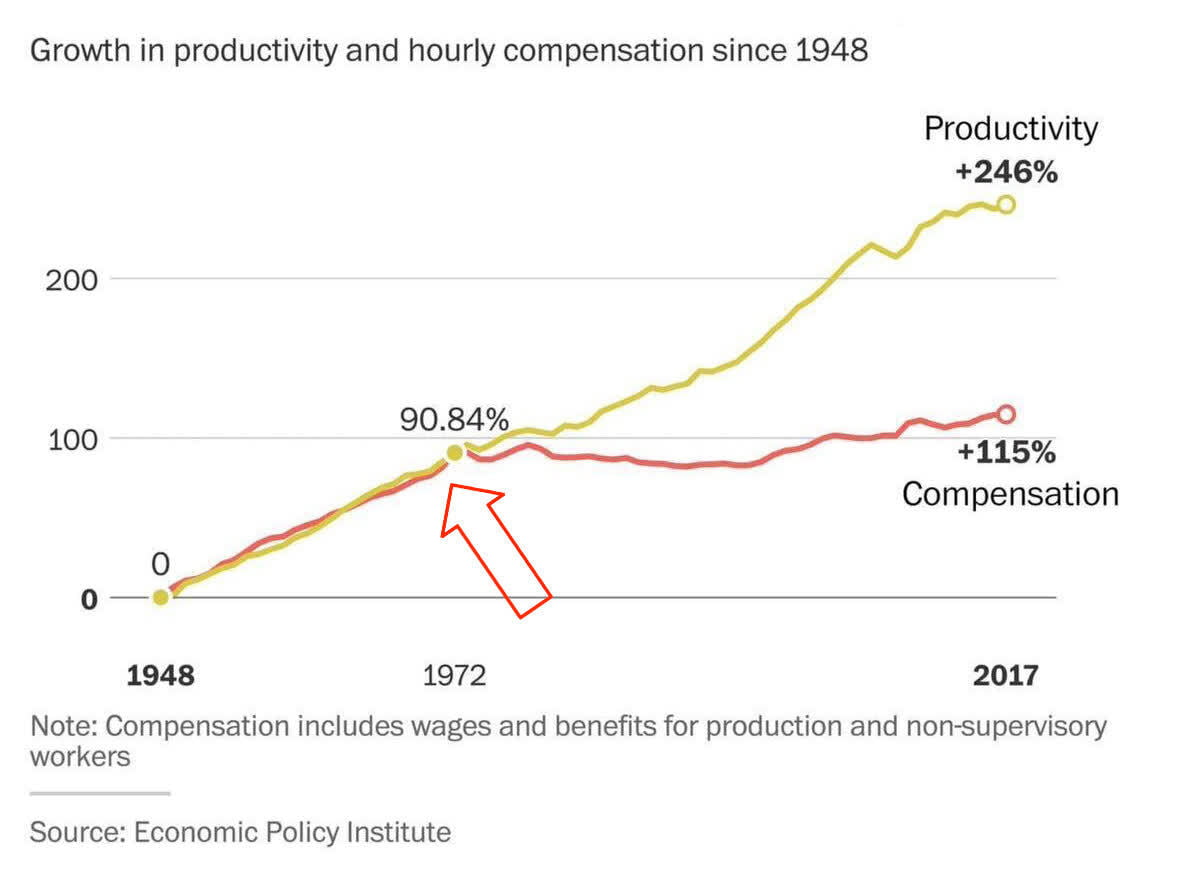Throughout history, gold has held a prominent place in human civilization, representing wealth, power, and stability. In the United States, the relationship between the government and gold has had its share of significant events, including the infamous "Great Gold Confiscation" in the 20th century. This article delves into the short history of gold regulation in the USA, exploring the circumstances surrounding this extraordinary event.
The information contained here is for general information only. It should not be taken as constituting financial advice. Stormrake is not a financial adviser. You should consider seeking independent financial advice prior to making any personal investments.
The Gold Standard Era
The Emergency Banking Act of 1933
The US and the world in general was running out of gold. In response to the Great Depression, President Franklin D. Roosevelt signed the Emergency Banking Act into law on March 9, 1933. Officially, the act aimed to stabilize the banking system and revive the economy. It included provisions that impacted the ownership and trading of gold by US citizens.
Executive Order 6102

Official Reasons behind the Confiscation
Impact and Repercussions
Abandoning the Gold Standard

Bitcoin Confiscation
Knowing the history of Gold confiscation in the USA leads to the inevitable question: Can the government confiscate Bitcoin if it gets too valuable? Bitcoiners worry about this possibility and this is where proper storage comes in. If you hold your own keys it is very hard for confiscations to occur. If you store Bitcoin on exchange it is very easy for the government to come in and confiscate en masse. Consider how YOU store your Bitcoin
Create a brokerage account today
If you enjoyed this Thunder Trading, feel free to open an account and gain access to more proprietary research and work with your very own dedicated crypto broker.
No Advice Warning
Disclaimer
All statements made in this newsletter are made in good faith and we believe they are accurate and reliable. Stormrake does not give any warranty as to the accuracy, reliability or completeness of information that is contained here, except insofar as any liability under statute cannot be excluded. Stormrake, its directors, employees and their representatives do not accept any liability for any error or omission in this newsletter or for any resulting loss or damage suffered by the recipient or any other person. Unless otherwise specified, copyright of information provided in this newsletter is owned by Stormrake. You may not alter or modify this information in any way, including the removal of this copyright notice.Copyright © 2022 Stormrake Pty Ltd, All rights reserved


